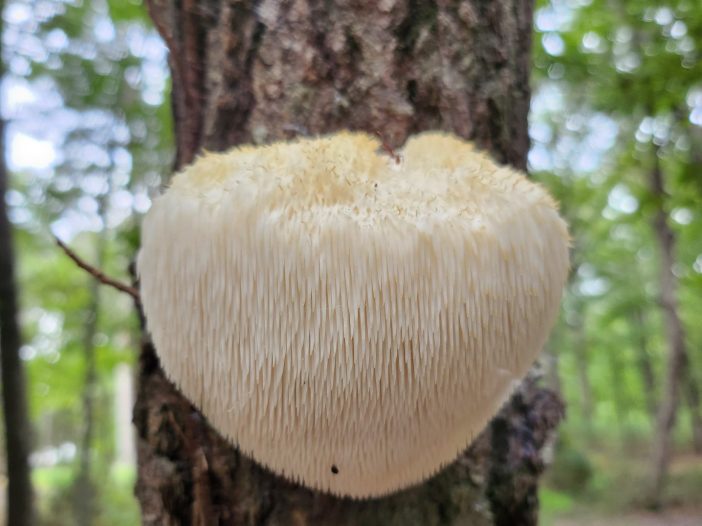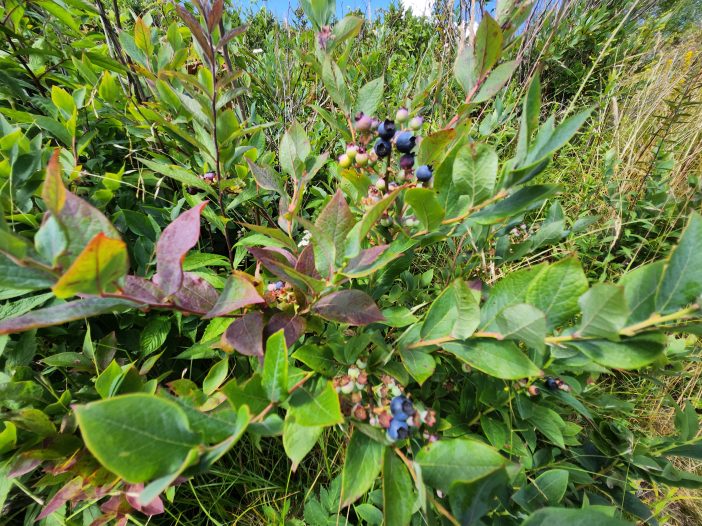Lion’s mane mushrooms appear in North Carolina’s hardwood forests from late summer through fall. This guide covers where to find them, how to harvest them legally, and how to cook them once you do.
Read MoreForaging
Top Trails for Wild Blueberry Picking in Western NC: When, Where, and How
North Carolina’s western region, laden with a rich assortment of native flora, offers a multitude of wild edibles to explore, including the delightful wild mountain blueberries. Let’s delve into the world of foraging in this natural paradise, focusing on the wild blueberries.
Read More
